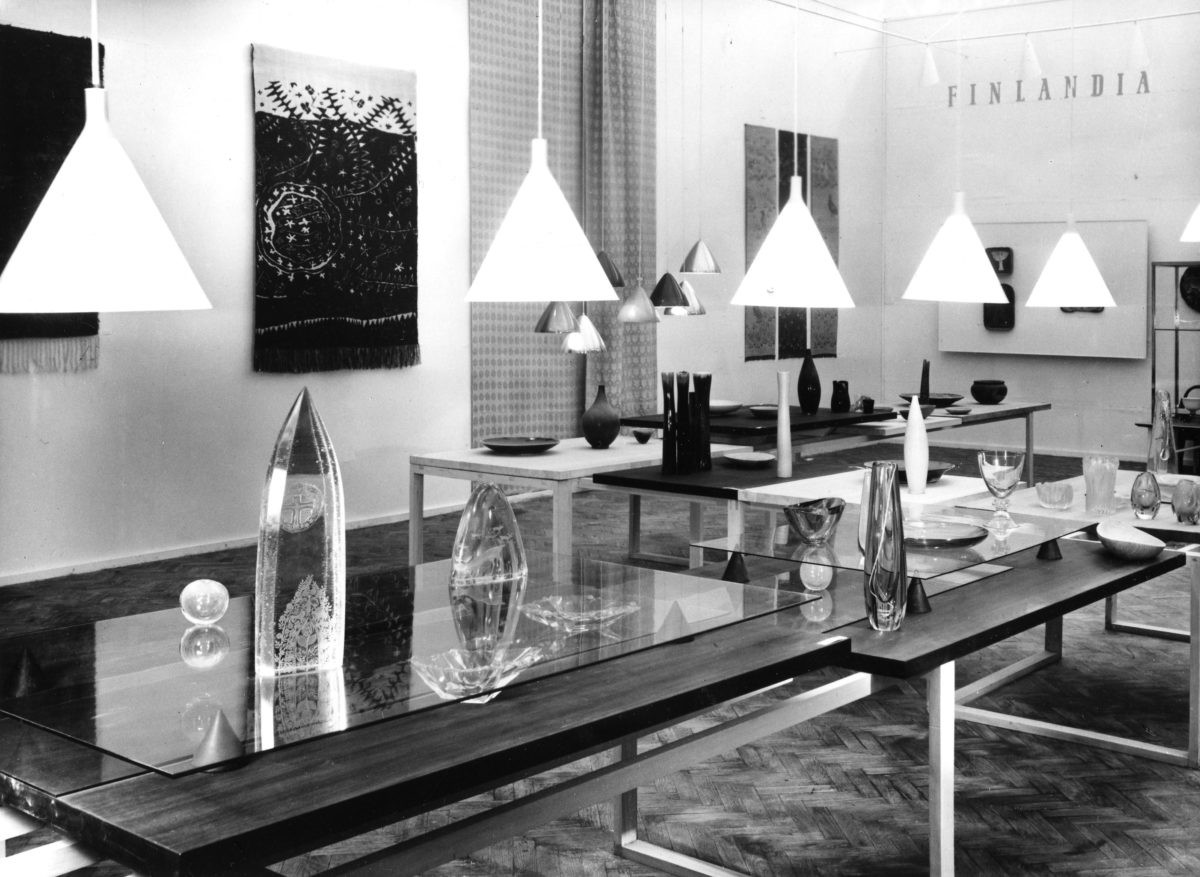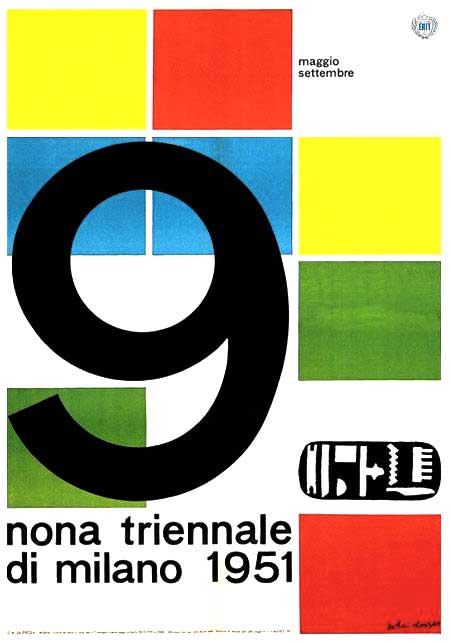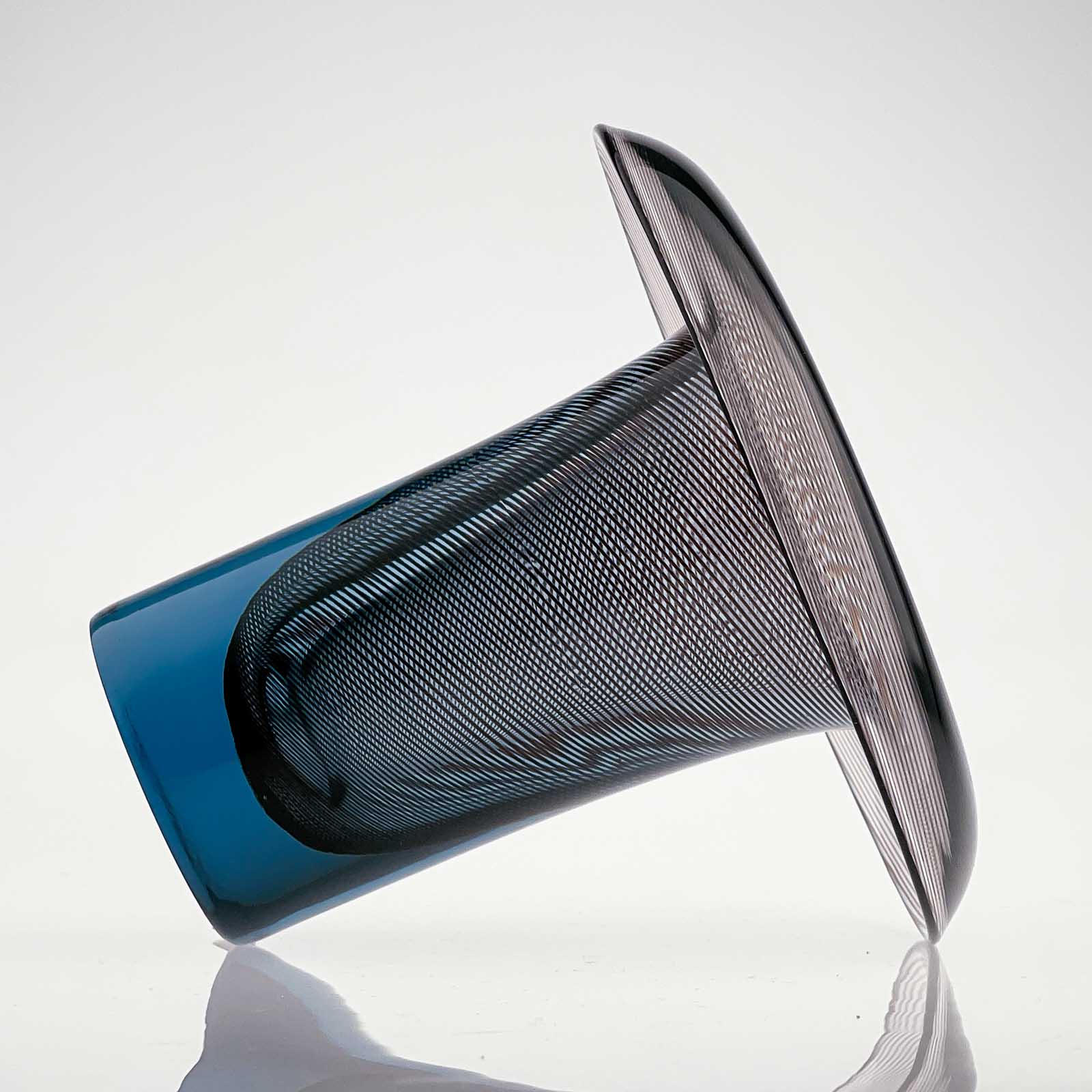The Finnish wonder of Milan




The 23rd edition of the Milan Triennale will end on 11 December. A recurring international exhibition in Milan dedicated to architecture, design and art. The Triennale started its existence as a Biennale first held in the fashionable Monza in 1923 and the institute will therefore be 100 years old next year.
From 1933 onwards, the exhibition – which lasted for a maximum of 6 months – was held in Milan in the Palazzo dell'Arte, designed especially for the Triennale by the Italian architect Giovanni Muzio. Today, the building also houses the Design Museum of Milan.
The idea of the exhibition was – comparable to the world exhibitions, but in the field of architecture, art and design – to offer artists from different regions and countries the opportunity to show their objects internationally.
Big names took part in the exhibition and received the highest ratings: Giorgio De Chirico, Le Corbusier, Max Bill, Pablo Picasso and Lucio Fontana to name a few. Understandably many Italians are among the recipients of the “Grand Prix”, gold or silver medals and honorable mentions. Until a very striking shift suddenly takes place from the IXth edition.
From this legendary edition, held in 1951, it seems that almost all major prizes are won by Finnish entries. For example, Tapio Wirkkala won the Grand Prix for his glass designs from the Kantarel series. Rut bryk won the Grand Prix for her ceramic wall objects. Kaj Franck received a gold medal as did Ilmari Tapiovaara. Lisa Johansson-Pape won the silver medialle and an honorable mention was won by Birger Kaipiainen.
The Xth and XIth editions of the Triennale are a repeat of the triumph of 1951 and again almost all prizes are distributed by Finns. Timo Sarpaneva wins the Grand Prix for his Orchid Wirkkala receives his second Grand Prix and Kaj Franck wins it for the first time in 1957. Other medals include Johansson-Pape, Göran Hongell, Bertel Gardberg, Saara Hopea, Rut Bryk and Toini Muona.
This phenomenon is called the Finnish miracle of Milan and it led to the international breakthrough of Finnish artists who were virtually unknown not long before. And it wouldn't have mattered that much if the Finns hadn't even participated in the Triennials at all.
The necessary financial resources were not available to participate until Tapio Wirkkala presented this situation to Herman Olof Gummerus. Gummerus worked for Arabia and Nuutajärvi and was immediately enthusiastic about participating in the 1951 Triennale. Gummerus provided sufficient funding, resulting in the unprecedented success that followed.
The minimalist style and superior material mastery of the Finnish glass artists also influenced the world famous glass factories of Murano such as Venini. Not only were Wirkkala and Sarpaneva invited to design glass objects for Venini. The simple lines and use of color were also adopted by the Italian designers.
Due to the success at the Triennials, Gummerus exhibited in 23 places in the United States and Canada between 1954-1957 under the name “Design in Scandinavia”. The exhibition was a great success with more than 650,000 visitors and marked the final international breakthrough and completes the “Finnish Wonder of Milan”.

